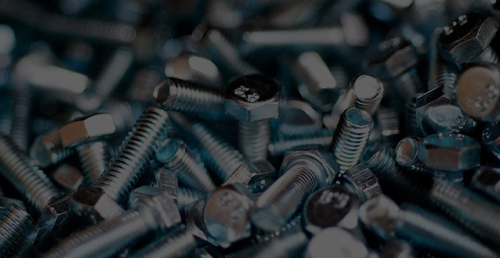Hex Screws for Wood Applications and Their Benefits in Various Construction Projects
The Versatility of Hex Screws for Wood An Essential Guide
When it comes to woodworking, choosing the right fasteners is fundamental to achieving durable and aesthetically pleasing results. Among the plethora of options available, hex screws stand out as versatile and highly effective choices for various applications. Their design and functionality make them particularly well-suited for wood, providing both strength and ease of use.
What Are Hex Screws?
Hex screws, or hexagon socket screws, are fasteners characterized by their hexagonal shape, which allows for a firm grip when using a hex wrench or socket. Typically made from durable materials such as stainless steel or hardened carbon steel, they come in different lengths and diameters to suit various projects. Their unique design offers a significant advantage over traditional screws, as they can bear higher torque, making them less likely to strip during installation.
Advantages of Using Hex Screws in Woodworking
1. Superior Grip and Torque One of the main benefits of hex screws is their ability to handle higher torque levels. The recessed hex head allows the use of a hex key or an impact driver, providing a more secure grip compared to slotted or Phillips-head screws. This is particularly useful when working with dense hardwoods, where maintaining control throughout the fastening process is crucial.
2. Reduced Stripping Traditional screws can often strip, especially when dealing with tougher materials. Hex screws minimize this risk, as the shape of the head allows for better engagement with the tool, reducing the chances of slippage. This is a significant advantage for woodworkers aiming for precision and reliability in their projects.
3. Aesthetic Appeal Hex screws can also enhance the overall appearance of a woodworking project. Their sleek and modern design adds a touch of professionalism, making them ideal for visible joints and connections in furniture or cabinetry. Additionally, they can be finished in various coatings to match the aesthetic of the surrounding wood.
hex screw for wood

4. Versatile Applications Hex screws are suitable for a wide range of woodworking applications, whether it’s constructing furniture, building cabinetry, or creating outdoor structures such as decks. Their robust design makes them ideal for both indoor and outdoor projects, where resistance to corrosion and weathering is a key factor.
5. Easy to Install and Remove Using hex screws is relatively straightforward, even for beginners. The tools required for installation, such as hex keys or ratchets, are commonly found in most toolkits. Furthermore, if adjustments or repairs are needed, hex screws can be easily removed and replaced without damaging the surrounding wood.
Choosing the Right Hex Screws
When selecting hex screws for your woodworking project, consider factors such as the type of wood you’ll be using, the required strength of the connection, and whether the screws will be exposed to moisture or outdoor elements. For example, if you are working with pressure-treated lumber outdoors, opting for stainless steel hex screws will prevent rust and ensure longevity.
Additionally, pay attention to the length and diameter of the screws. A good rule of thumb is that the screw should penetrate at least twice the thickness of the material being joined. This ensures a secure hold, essential for the structural integrity of your project.
Conclusion
Incorporating hex screws into your woodworking toolkit can significantly enhance both the quality and durability of your projects. Their unique design offers a combination of strength, aesthetic appeal, and convenience that traditional screws may lack. Whether you’re a seasoned professional or a hobbyist, understanding the advantages and proper use of hex screws will empower you to tackle any woodworking challenge with confidence. So, the next time you embark on a woodworking project, don’t overlook the versatility of hex screws – they may just be the key to elevating your craftsmanship.
-
Weatherproof Plastic Expansion Anchors for OutdoorNewsJun.06,2025
-
Sustainability in the Supply Chain: Eco-Friendly TEK Screws ProductionNewsJun.06,2025
-
Load-Bearing Capacity of External Insulation FixingsNewsJun.06,2025
-
Double Head Bolts: Enhancing Efficiency in Industrial MachineryNewsJun.06,2025
-
Corrosion Resistance in Chipboard Screws: Coatings for Wholesale DurabilityNewsJun.06,2025
-
Butterfly Toggle Bolts : Enhancing Structural ResilienceNewsJun.06,2025
